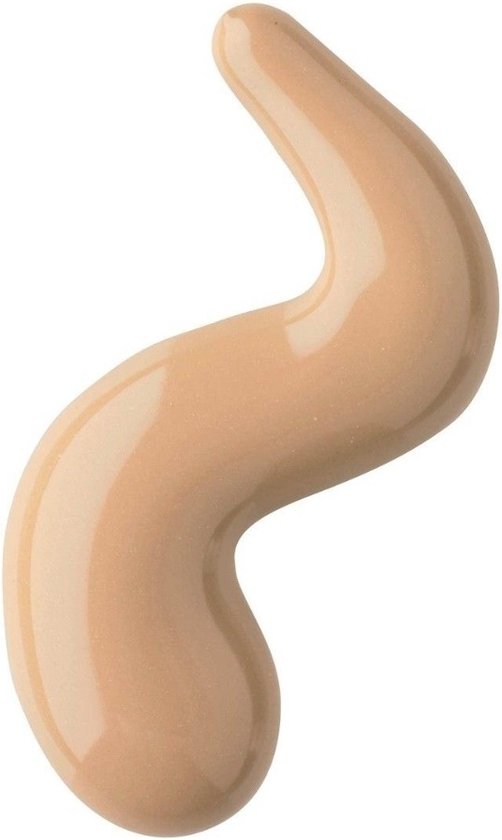Om de beste ervaringen te bieden, gebruiken we technologieën zoals cookies om apparaatinformatie op te slaan en/of te openen. Door toestemming te geven voor deze technologieën kunnen we gegevens zoals surfgedrag of unieke ID's op deze site verwerken. Als u geen toestemming geeft of uw toestemming intrekt, kan dit negatieve gevolgen hebben voor bepaalde functies en kenmerken.
De technische opslag of toegang is strikt noodzakelijk voor het legitieme doel om het gebruik van een specifieke service te maken die expliciet door de abonnee of gebruiker wordt aangevraagd, of met als enig doel de overdracht van een communicatie via een elektronisch communicatienetwerk uit te voeren.
The technical storage or access is necessary for the legitimate purpose of storing preferences that are not requested by the subscriber or user.
The technical storage or access that is used exclusively for statistical purposes.
De technische opslag of toegang die exclusief wordt gebruikt voor anonieme statistische doeleinden. Zonder een dagvaarding kan vrijwillige naleving van uw internetprovider, of aanvullende records van een derde partij, informatie die alleen voor dit doel is opgeslagen of opgehaald, meestal kan meestal worden gebruikt om u te identificeren.
De technische opslag of toegang is vereist om gebruikersprofielen te maken om advertenties te verzenden of om de gebruiker op een website of op verschillende websites te volgen voor vergelijkbare marketingdoeleinden.
Veilig betalen en bestellen
Gratis retourneren binnen 30 dagen
Profiteer van de handigste verzendfaciliteiten
100% klanttevredenheid











